Many people say they cannot remove an RD Session Host Server or RD Session Gateway Server or RD Licensing Server because RDS has a limitation that Microsoft still has not accounted for. If a server that was previously added to your Remote Desktop Services Manager configuration is removed (or disabled) in Active Directory, it blows up your RDS with:
The following servers in this deployment are not part of the server pool. The servers must be added to the server pool.

How To Add A Server To Server Pool
- Launch Server Manager
- Expand ALL SERVERS
- Click MANAGE (top right)
- Click ADD SERVERS
- Enter the host name of the server you want to add

If however, the server has been removed from Active Directory, you have a problem because there is no GUI method to remove a server from an RDS pool if it is already out of AD. Fortunately the solution looks an awful lot more difficult that it really is.
How To Manually Remove A Server From RDS
In short, use SQL Server Management Studio (SSMS) to delete the server tied to RDS that has been removed from Active Directory. Here are the steps… not hard, but read carefully:
- Open the Windows Internal Database with SSMS
- Download SQL Server Management Studio directly from Microsoft HERE (SSMS)
- Install SSMS on the RDS Manager server
- This is a click NEXT installation but it takes some time
- Reboot
- No, it will not work without a reboot – I have tried more than once 🙁
- RIGHT CLICK on SQL Server Management Studio and select RUN AS ADMINISTRATOR
- If you don’t RUN AS ADMIN you will see:
Login failed for user ‘XXXXX\YYYYYYY’. (Microsoft SQL Server, Error: 18456)
- If you don’t RUN AS ADMIN you will see:
- Connect to
\\.\pipe\MICROSOFT##WID\tsql\query- leave the default WINDOWS AUTHENTICATION
- If that does not work your Windows Internal Database might be at
\\.\pipe\MSSQL$MICROSOFT##SSEE\sql\query
- Backup the RDS database
- If you don’t know how to do take a SQL backup, look at this screen shot
- Delete the problematic RD server:
- Expand DATABASES > RDCms (or whatever yours is named) > TABLES
- RIGHT CLICK on rds.Server and select EDIT TOP 200 ROWS
- Find the name of the server you want to remove and:
- Take note of the ID (I just take screen shot)
- RIGHT CLICK on the row and select DELETE
- Expand DATABASES > RDCms (or whatever yours is named > TABLES
- RIGHT CLICK on rds.RoleRdvh and select EDIT TOP 200 ROWS
- If the offending server ID (from step 8.1 above) is still in that list, RIGHT CLICK on the row and delete it
- RIGHT CLICK on rds.RoleRdvh and select EDIT TOP 200 ROWS
- Launch Server Manager and confirm it looks good
- A reboot is NOT required
Here are the steps in screen shots:


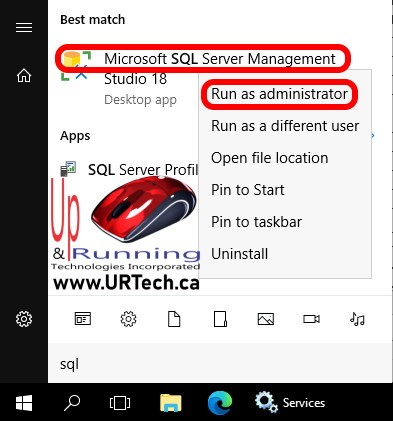
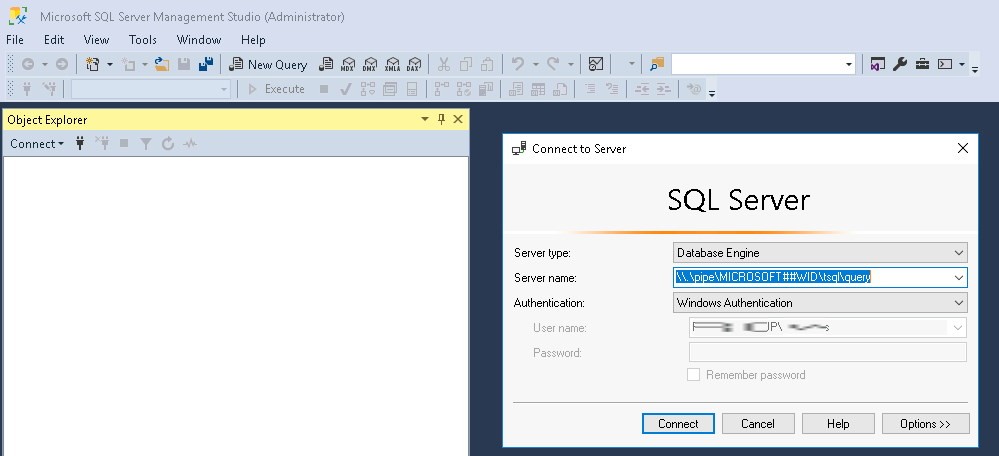
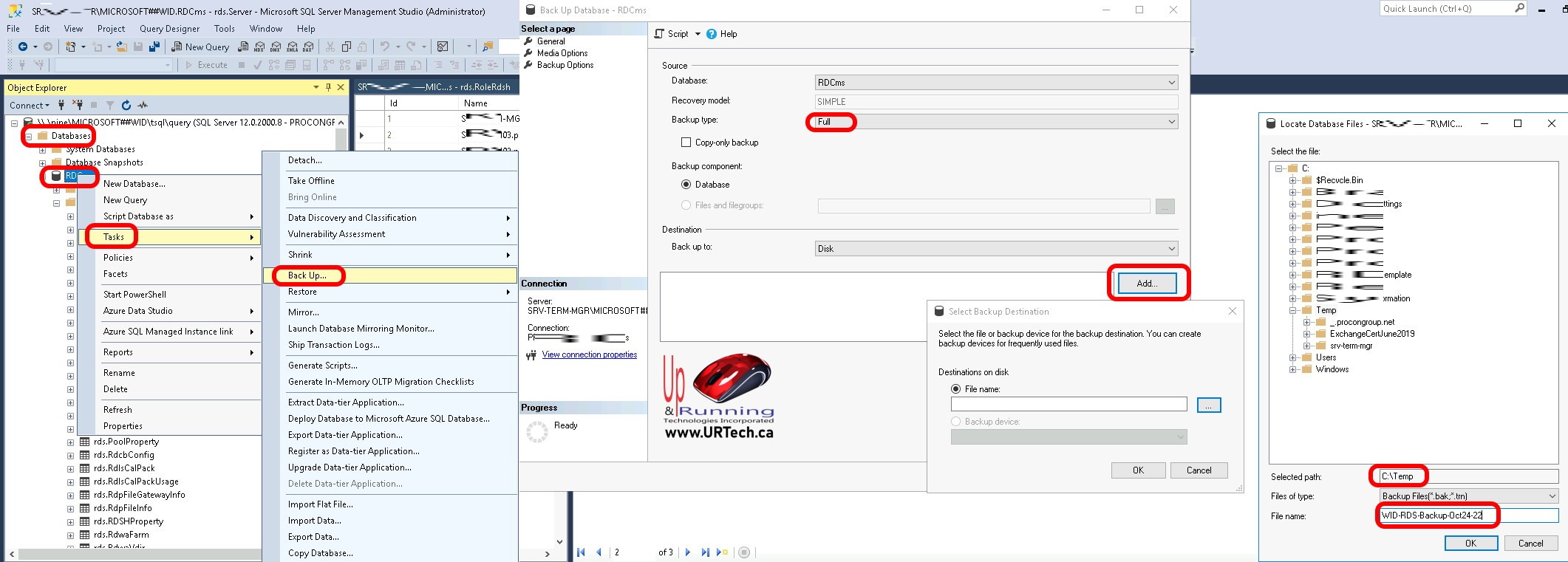
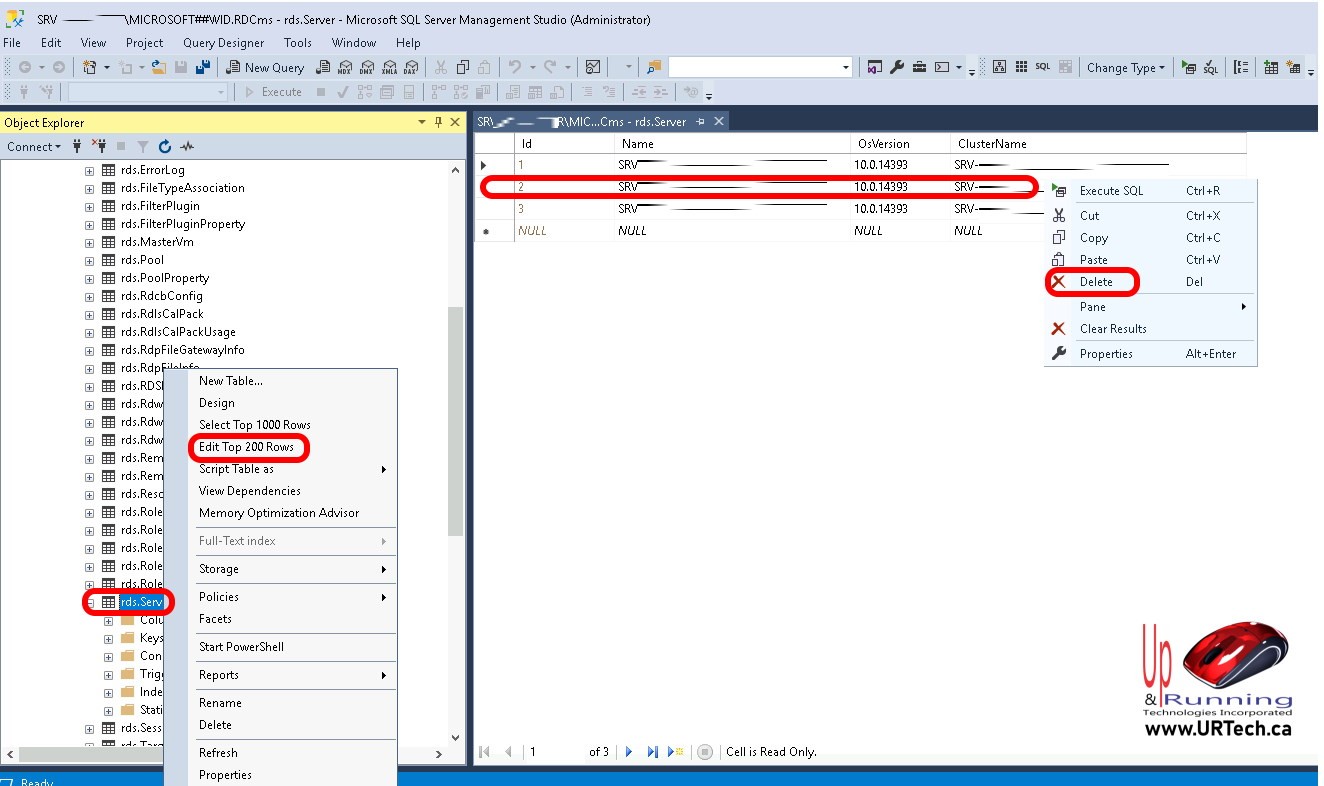
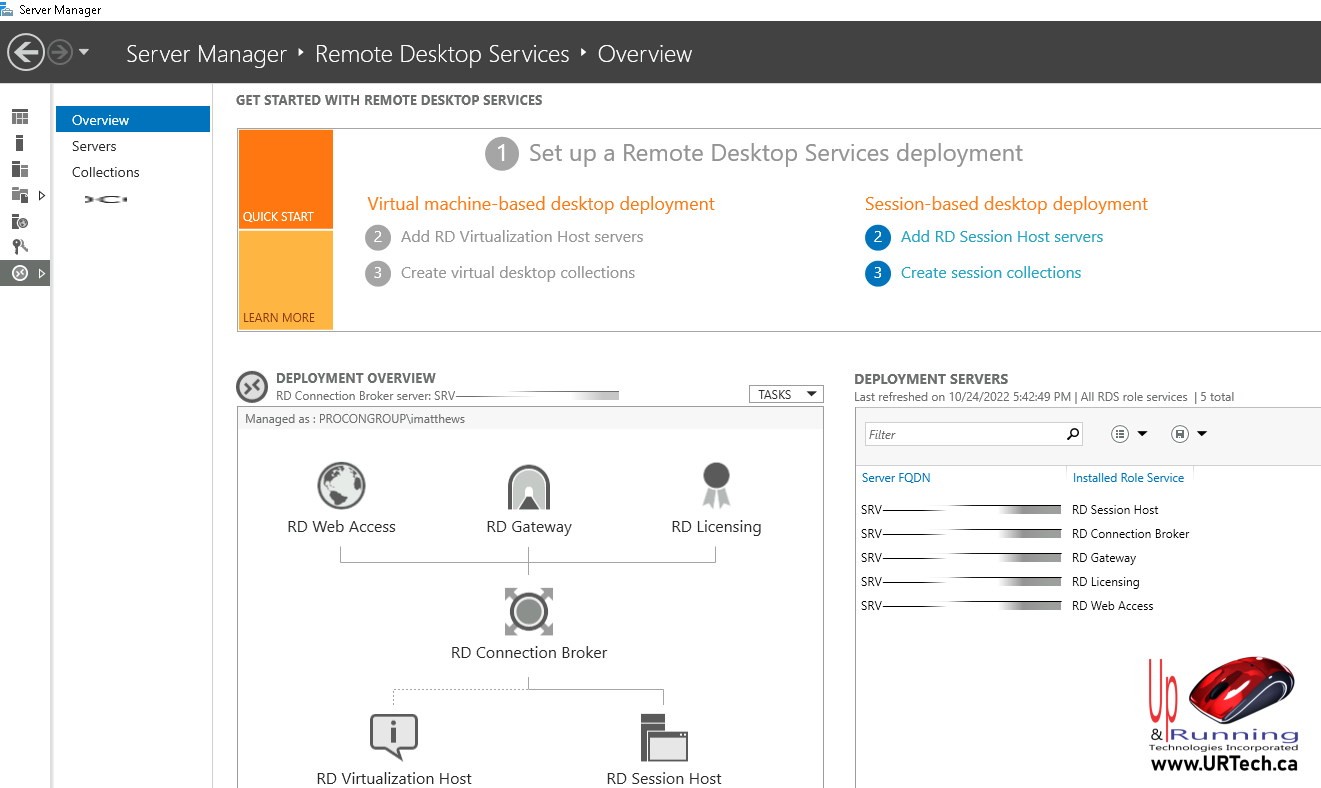
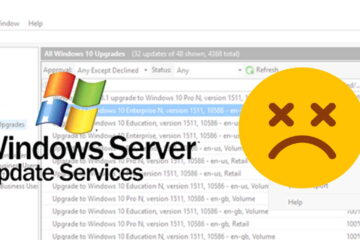

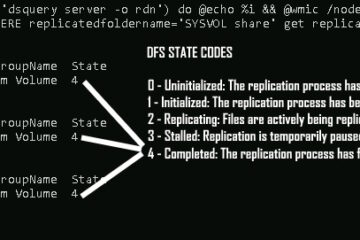
0 Comments